 |
| I took the original photograph on Christmas day 2016. I had no idea what water would say but I had already begun looking into what water speaking in images had meant to First Nations if anything at all. Then I found these extraordinary characters. The images move from the original image I saw through the various filters I applied to create an Emerge Art. © Lena Ghio, 2017 |
I am grateful to the Conseil des Arts de Montréal, Diversité Artistique à Montréal, Charles Bender ( you can follow the companie MENUENTAKUAN on Facebook ) who gave a conference at Conseil des Arts de Montréal and then gave me a starting point on my quest.
I want to know about the blanket's role in the First Nation culture but, by extension, the designs they use and or the symbols they embroider on various items of daily life. Below a research composition of Emerge Art and a MicMac blanket. Unlike the GIF below that shows the process of getting to Emerge Art, the juxtaposition with the blanket reveals the complexity of introducing Jesus to an Aboriginal culture who has dealt with the Great Spirit, we call Him God, in their own way for millennia.
 |
| Photo © Lena Ghio, 2017 |
Here are some of the traditional stories that relate to water:
Tribal affiliation: Micmac Sabawaelnu are Mi'kmaq water spirits. Like European mermaids, they have human upper bodies and fish tails. They have power over storms, but do not harm people who show them proper respect, and Mi'kmaq people who learn to interpret their songs correctly can predict the weather. Their name literally means "water people." They are sometimes also called the Halfway People.
Tribal affiliation: Maliseet, Passamaquoddy Lumpeguins are water sprites or little mermaids of Wabanaki mythology. In some stories lumpeguins have humanoid form, while in others, they have fish tails. As with many nature spirits in Native American folklore, a lumpeguin falls under the power of anybody who steals his or her magical garments, and in some legends lumpeguin women are claimed as wives by people (or animals) who capture their clothing. Lumpeguins are often said to be able to create food, either turning a morsel of food into a large feast, baking bread from snow, or using a magical pot to produce an infinite amount of food.
Tribal affiliation: Paiute, Shoshone, Washo, Achumawi, Cahuilla, Cupeno, Luiseno, Serrano, Yokuts, Salish Water babies are mysterious and dangerous water spirits from the folklore of California and other Western Native American tribes. Water-babies are said to inhabit springs and sometimes ponds or streams. Water babies usually take the form of beautiful human infants (although in some tribes they have fish tails, or appear as reptilian beings that merely make cries resembling human babies.) In many tribal traditions, the cry of a water baby is an omen of death. In others, responding to a water baby's crying by picking it up results in catastrophe.
-LENA GHIO
 |
| This sequence is totally amazing to me. I took the photograph in my living room. We can see the book open to a painting of Jesus preaching to his disciples while water is creating 2 major images: a female profile on the right and a man sitting in a field holding onto something. © Lena Ghio, 2017 |

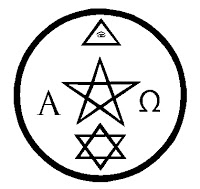












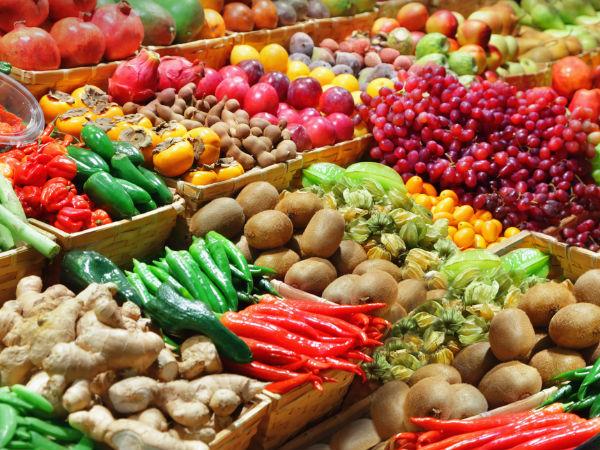


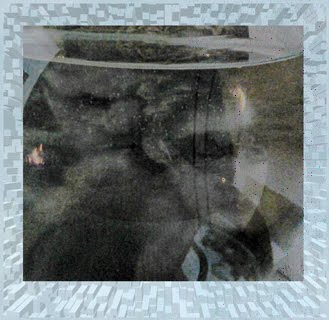
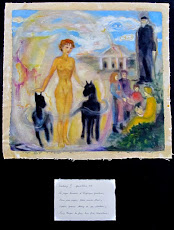



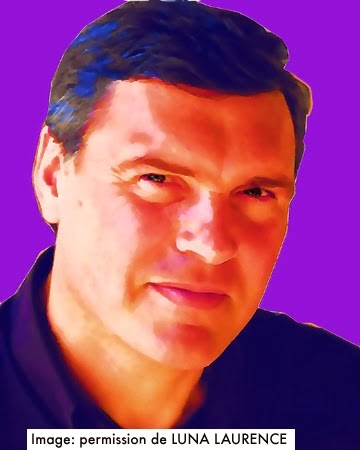
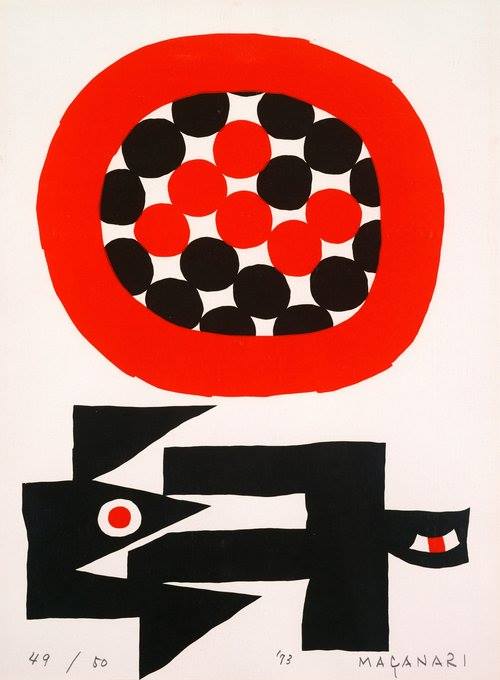

No comments:
Post a Comment